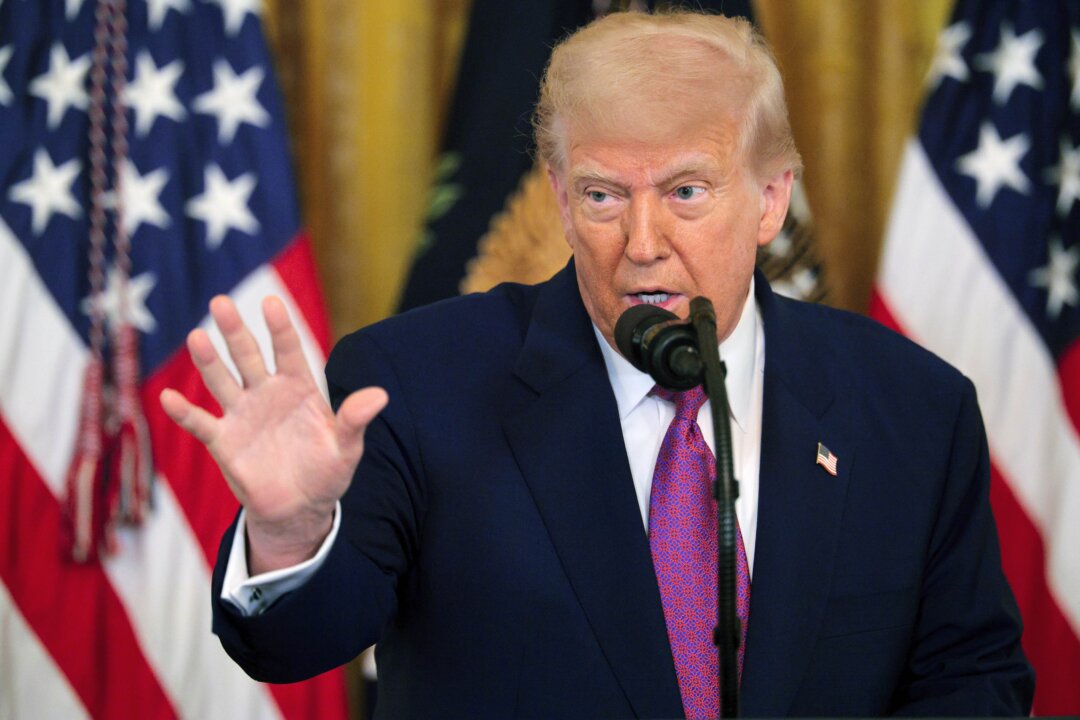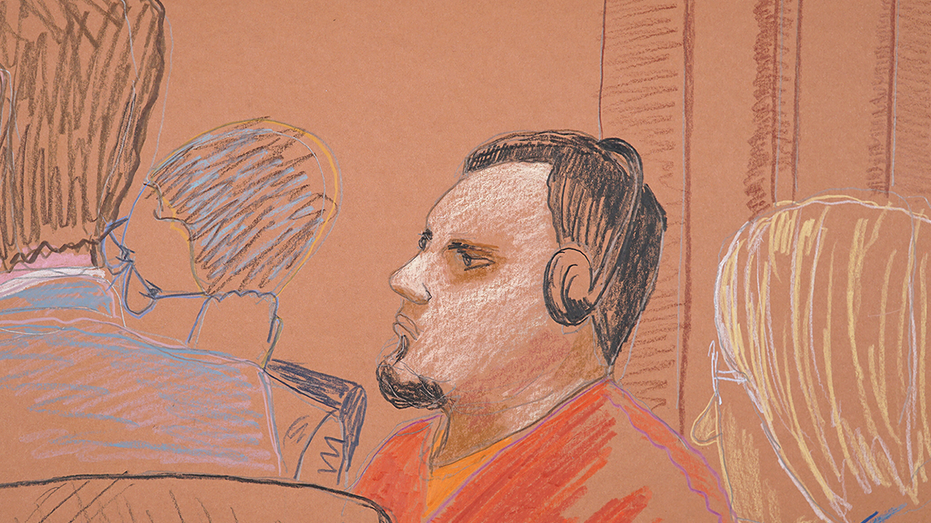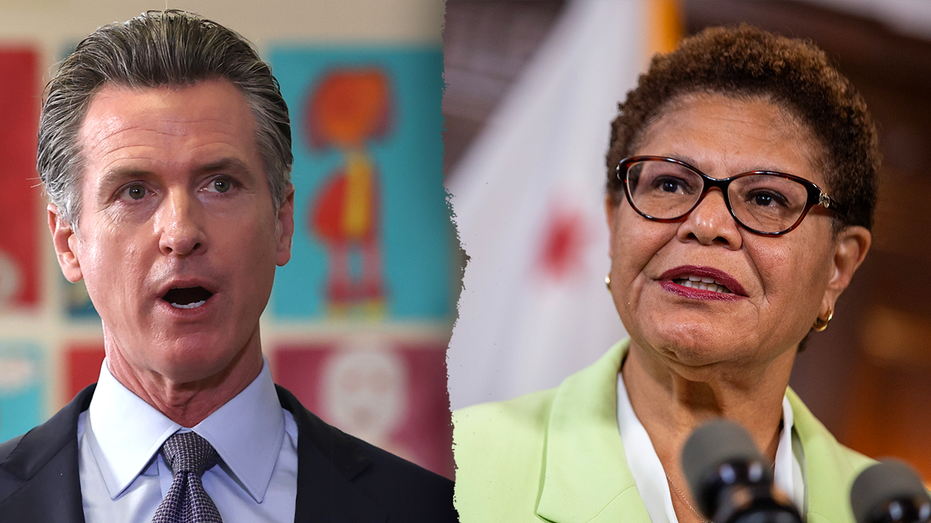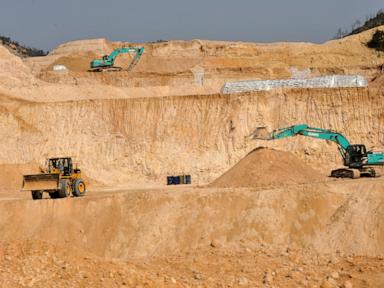Business leaders aren’t feeling quite so queasy as they did in the immediate aftermath of President Donald Trump’s “Liberation Day” tariff announcements.
But Goldman Sachs Chairman and CEO David Solomon says that with major trade deals still outstanding — and unresolved questions about future tax policy and the federal government’s fiscal trajectory — CEOs are forced to start planning for 2026 with an incomplete roadmap on the economy.
“At the moment, there’s a sense that things are moving forward constructively,” the Goldman CEO said in an interview with POLITICO Magazine, shortly after Trump touted a new agreement with China that represented further de-escalation in trade tensions. “People would like the level of certainty around the policy direction to continue to increase.”
As with all things in Trump 2.0, the direction of travel can change on a dime. Hours after the China framework was unveiled — and Treasury Secretary Scott Bessent told lawmakers that the administrationwould likely delay its July 8 deadline for trade negotiations — the president saidhe would unilaterally set tariff rates in the coming weeks. (The interview with Solomon took place on Wednesday afternoon before both events.)
Wall Street banks and the overall economy have fared well despite the uncertainty generated by abrupt changes to tariff rates and Congress’ stop-and-start progress on the “big, beautiful bill” that’s at the center of Trump’s domestic agenda.
While many investment bankers have been dour about the current state of dealmaking on Wall Street, Solomon was bullish on Goldman’s deals pipeline — and said both the economy and deal activity have proven “more resilient than I would have expected.”
This conversation has been edited and condensed for clarity.
I want to start with your macro outlook for the year. There’s still a lot of trade and tax policy uncertainty going forward, but inflation looks like it’s cooling for now and payroll growth has more or less held up. Is your sense that businesses are acclimating to this backdrop, or are a lot of plans still on hold?
The year started with an enormous amount of optimism and high expectations, and as the policy discussion evolved — particularly in April around trade policy — I think the level of uncertainty rose significantly. You're asking a smart question around how that's affecting forward investment spend and investment planning and, what I would say is — there's no question — the level of uncertainty rose, which has made CEOs more cautious over the course of the last two months.
The planning process for most businesses is either in the summer or the fall. So we're entering that time of year when people start thinking about next year's capital planning process. There were probably some capital plans for this year that paused or went on hold, and I think that’s had some impact on the trajectory of growth, and expectations for growth in 2025. Obviously, we’ll see as we get into the summer.
I’m watching the trade news in real time. All of that changes expectations. At the moment, there's a sense that things are moving forward constructively. People would like the level of certainty around the policy direction to continue to increase.
Sticking with trade, do you have a base case where you think things will settle?
As I talk to CEOs, overall, most people think that we're making progress on a more moderated approach, and I think that will continue. As opposed to speculating on the specifics of where we end up across the spectrum, I’d just say it certainly feels like a much more moderated approach than people expected in April, and that’s obviously constructive for growth and investment.
On investment, Goldman Sachs President John Waldron said a few weeks ago that your deal pipeline is pretty strong. Is that largely U.S. deals? Are you seeing more opportunities abroad?
There's no question that, with the uncertainty and volatility we talked about, you have to ask questions about how it’s affecting CEOs. We all know that CEOs don’t like uncertainty. But, I would say at a high level — like John had said — our pipeline is robust.
There’s a lot of talk around deals not happening, but that’s not what we’re seeing, particularly in larger transactions. Announced M&A volume year-to-date is a little less than $1.9 trillion. It's up 26 percent year-over-year, and it's up 12 percent versus the last five-year average. While I think activity might have been stronger through the first half of the year if we didn't have some of the policy debate around trade, deal counts are still pretty good. Deals greater than $500 million represent the majority of the total volume and they’re up 16 percent this year. When you look at mid-sized deals, those are up, and that’s also driving the deal count increase. Capital markets have been a little more muted in the quarter but generally constructive.
The economy has been more resilient through this volatility than I would have expected and our activity has been more resilient than I would have expected.
Is there any sector or geographic concentration there?
It's pretty broad. What I would say is that the regulatory environment, basically over the last four years, had a real cooling effect on CEOs looking to advance their strategic agenda. Despite the policy uncertainty, I think CEOs feel that they have a more open playing field to try to advance their strategic agenda through inorganic activity so they are actively engaged on that front.
With that said, there is still some regulatory uncertainty. The Federal Trade Commission has kept the merger guidelines championed by Biden FTC chair Lina Khan in effect. And CEOs are having to navigate some unique political risks coming out of Washington. How has that affected your risk appetite, or how you manage Goldman?
We're in the business of managing risk. And you know, first and foremost, we're in the business of serving our clients. So everything is seen through a lens of: How do we position the firm to consistently serve our clients? Of course, when uncertainty increases, we're constantly thinking about our risk exposures and how we want to manage them.
During some of the uncertainty and volatility over the course of the last few months, there have been times where we've been a little bit cautious with our risk exposure. But generally speaking, we're focused on serving our clients, and there have not been big shifts in how we're using our financial resources to serve our clients at this time.
But there are headline risks cropping up around certain deals and markets as well. Is that affecting your calculation as to whether to underwrite a certain transaction, or if you’re going to work with a certain client?
No. We serve our clients. Our clients come to market. Our clients evaluate their needs based on the market environment and we're here to serve them. We're not thinking differently about how we serve our clients based on the current environment.
I appreciate the direct answer. What are their perceptions of U.S. assets and U.S. markets at the moment?
There’s a moderated policy approach now than what we saw a few months ago, and that’s making people more comfortable. When you look around the world — at international capital allocators — I don't think they're fundamentally changing their view on the U.S.
But there's no question — for example — [thinking] about dollar exposures, people might be hedging dollars a little bit more, watching to try to understand a little bit better what the direction of travel will be and what the outcome will be. And so I think people would like more certainty, and that greater level of certainty will free up more confidence around future forward investment.
Forward investment is good for growth. And so the more we can create policy certainty and less uncertainty, the better for investment, and therefore the better for growth.
The bond market got a little jumpy at the end of May as the House was moving ahead with the “big, beautiful bill.” Are you anticipating the fiscal outlook to improve with what comes out of the Senate? Are there any bond market risks around the bill?
It's important that we take the current tax regime and continue it. That’s the primary thing that the bill is doing, and not doing that entails risk to the economy. The bill’s now with the Senate and I’m not in a position to model out how this will all play but when the bill is finalized I’ll have a clearer point of view on how I think it affects our fiscal trajectory.
Generally speaking, we're in a place where we've increased our debt and deficit levels. And there doesn't seem to be a path — at the moment — to reducing them. That’s something that I think we're going to have to wrestle with. And it’s something that, over time, has the potential to crowd out investment and slow down growth.
How do you look at this bill in relation to that point on the debt and deficit?
The question I think we should focus on is, as we go forward, can we have a higher level of growth?
It's not just the debt and the deficit. It's the debt and deficit against the overall size of the economy. Can we have a higher level of growth that can make it easier for us over time to absorb the spending levels and the deficit levels that we have? Or do the debt and deficit crowd out growth? That’s unclear at this point and time.
Last one on the tax bill: What are you hearing from clients on Section 899, which raises tax rates on foreign individuals connected to “discriminatory foreign countries”?
I understand the president’s desire to negotiate fair rules for international taxation, but I would certainly hope that as Section 899 of the tax bill moves forward, that it does not do so in a way that somehow restricts or hampers investment from global investors.
That would certainly not be in our interest. I’m hopeful that as they finalize that provision, it will be finalized in a way that certainly does not restrict foreign investment into the U.S.
.png)














 English (US)
English (US)